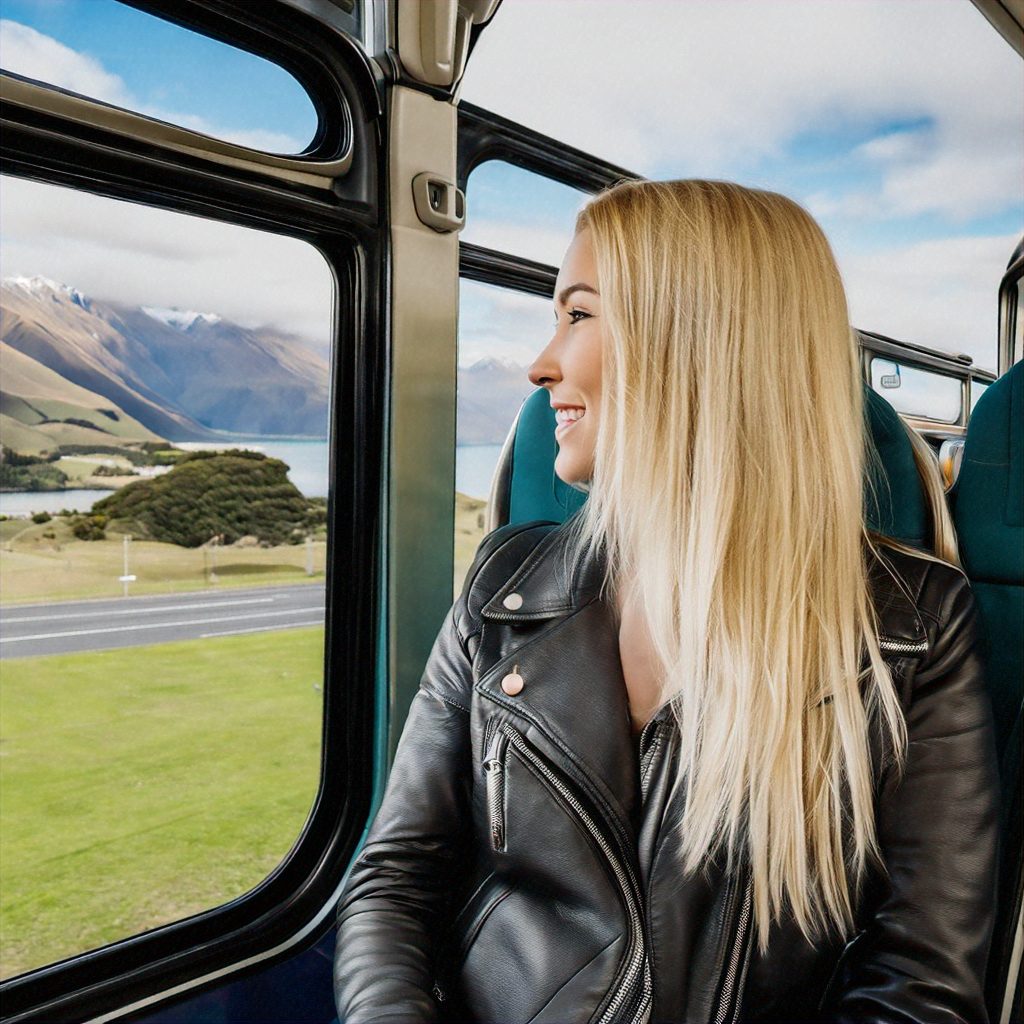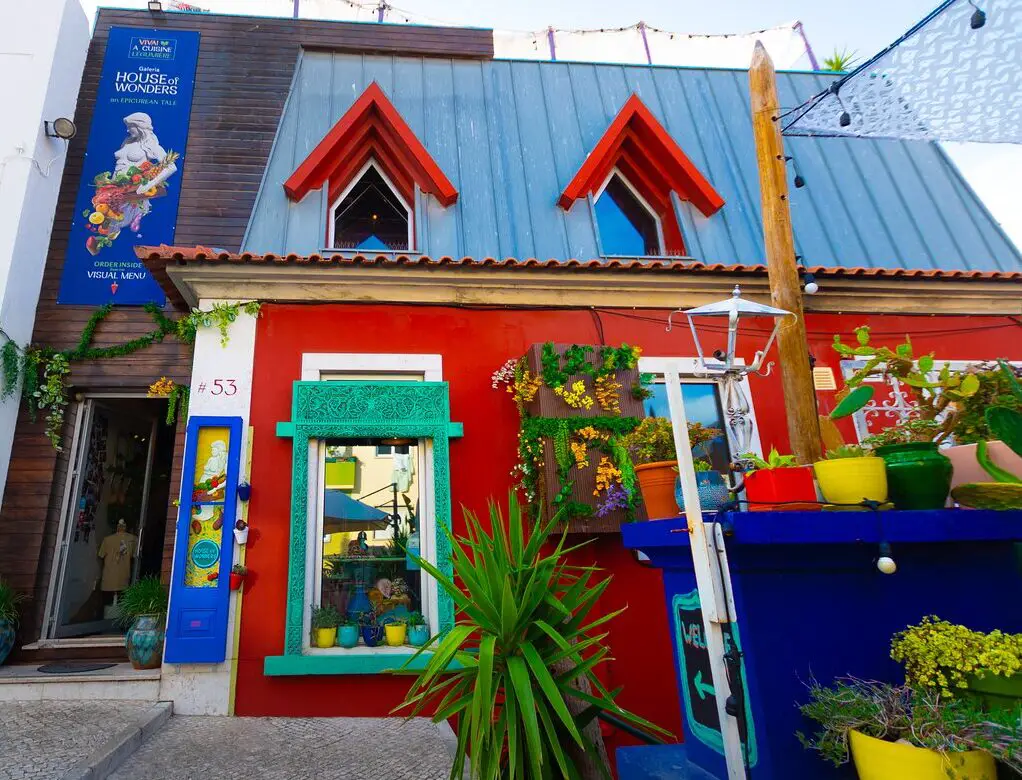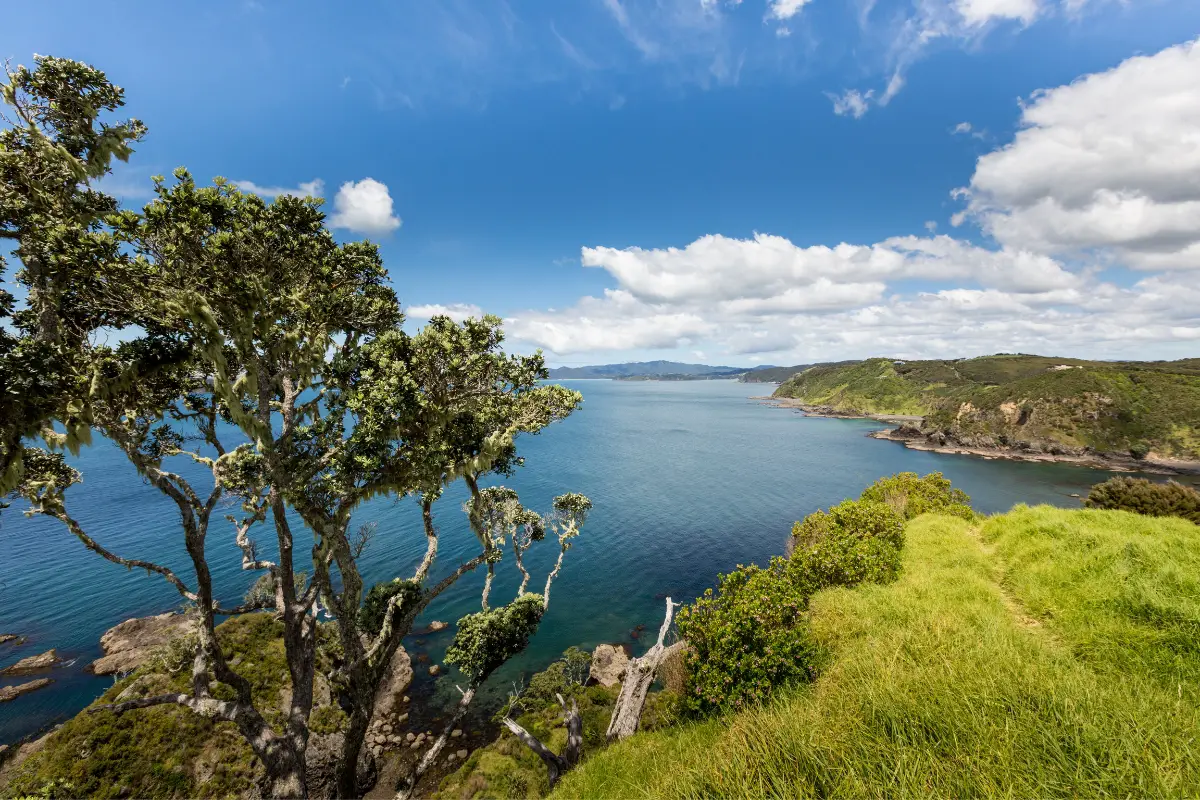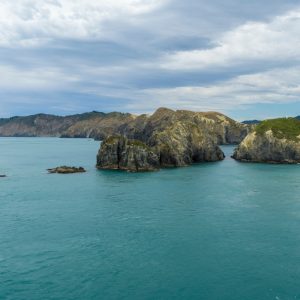How to Travel New Zealand Without a Car
As a wanderlust-infused girl from St. Louis, Missouri, my thirst for adventure once whisked me away to the breathtaking landscapes of New Zealand.
Table of Contents
ToggleThe thought of driving across this dreamlike country with no car was daunting at first.
I can remember standing there with a backpack over my shoulder, wondering exactly how I was going to conquer those green hills and those sprawling views. However, it was the most liberating experience of my life! From hitchhiking with friendly locals to mastering the art of public transportation, each moment was an exhilarating leap into the unknown.
Now picture yourself sipping a steaming coffee with snow-capped mountains before you or awaiting a bus while sheep graze close by—that’s New Zealand! I found that ditching four wheels doesn’t mean missing out. Actually, it creates all sorts of new connections and adventures.
In this guide, I’ll share the tricks and tips I discovered for navigating this majestic country without a car. You’ll learn how to hop from city to city and see remote wonders while being kind to Mother Nature by leaving a less heavy carbon footprint. Want an epic journey? Strap in; we are about to explore Kiwi country like eco-friendly visitors.
Key Points You Need to Know
1. New Zealand’s Great Bus Network
I discovered New Zealand has a great bus network for non-drivers just like me. Bus companies like InterCity or Naked Bus operate routes between big cities, towns, and tourist attractions, which can be arranged around bus schedules.
2. Scenic Train Journeys
I was impressed by the availability of scenic train journeys, which provide not just transportation but also an immersive travel experience. Three iconic rail trips that showcase New Zealand’s landscapes while taking me from point A to point B: The Northern Explorer, TranzAlpine, and Coastal Pacific.
3. Domestic Flights
I took advantage of domestic flights to save time traveling long distances around the country. Air New Zealand has regular flights between important destinations, so I could spend more time sightseeing than on land transit.
4. Biking and Hiking
I like to bike and go hiking and just enjoy New Zealand at a slower pace. Trails and bike paths throughout the country—in national parks and along coastlines—helped me connect with the environment.
5. Local Shuttle Services
Local shuttle services were useful for getting to remote locations or starting points for outdoor activities where public transportation could not take you. These shuttles have a tendency to serve visitors and hikers and pick-ups and drop-offs at major hotels, trailheads, or hostels.
Accepting public transport in New Zealand
Wandering around New Zealand, I saw that having no car was no problem at all. The country has a good public transportation system that links major cities and tourist spots. I took buses like the InterCity and the Atomic Shuttles, which took me from city to city without a hassle. The added bonus was the stunning views and the chance to meet fellow travelers along the way.
Getting Around on Domestic Flights
For longer distances, I found that using domestic flights was a time-efficient option. Frequent and cheap flights between major destinations were provided by airlines like Air New Zealand and Jetstar. I can remember having a flight from Auckland to Queenstown that, by land, would have taken days—in a couple of hours’ time. Booking in advance got me some fantastic deals and was amazingly inexpensive.
Train Journeys: The Charm
Without a car, New Zealand wouldn’t have been complete without seeing its train routes. I went on the TranzAlpine train from Christchurch to Greymouth and saw the Southern Alps from there. This journey is among the world’s great scenic railway adventures, and from personal experience, I agree.
Using the ferry services
I used ferries between the North and South Islands—the Interislander and also the Bluebridge—everywhere I went. These ferry trips were convenient, but they also produced some of the most beautiful seascapes I have seen. It was more than transit; the Cook Strait crossing was memorable.
Bike Tours for the Active Traveler
For more connection with nature and some exercise, I went cycling. Well-maintained bike paths and quiet roads offered pleasant day trips around New Zealand, particularly around the Otago Peninsula. Because the country was committed to cycle tourism, bike rental shops were everywhere, and tours were available for people desiring a guided experience.
Walking and Hiking Opportunities
On foot, you can explore New Zealand. Trekking along world-class hiking tracks like the Milford Track and the Abel Tasman Coast Track enabled me to experience the wilderness. Day hikes and short walks were also plentiful and readily accessible, so I could stretch my legs between my transit legs.
Maximizing the Use of Shuttle Services
Wherever public transport was scarce, I used shuttle services to reach much more remote places. Companies like Super Shuttle or GreatSights frequently ran between airports, hotels, and tourist spots and also provided prearranged pickups for hikes.
Traveling on Flexi-Pass and Travel Pass Options
I also found that purchasing a Flexi Pass or Travel Pass, like the ones from InterCity, was a cheap way to get around. I could buy hours before and book different bus journeys and change my mind as I went along.
Integration of Carpooling and Rideshare Platforms
Ridesharing platforms like Uber worked in large cities, so I could get around cities pretty fast. I also carpooled with other visitors or locals to cut expenses, meet new people, and share experiences of traveling.
Accommodation with Transport Links
Finding places to stay with excellent transport links changed my travel routine. Numerous hostels and hotels provided free shuttle service to attractions or city centers.
Could You Really Tour New Zealand Without Getting into a Car?
- Plan your trip with public transit schedules to save time.
- For longer distances, look into inexpensive domestic flights.
- Do not miss out on New Zealand’s picturesque train routes.
- Use ferry services to travel between islands and enjoy the marine views.
- Explore the bike path network for an active sightseeing experience.
- Get your hiking shoes on and explore New Zealand’s world-class trails by foot.
- Look for shuttle services for convenient access to hard-to-reach spots.
- Bus travel with Flexi-Pass or traveling Passes may be both economical and flexible.
- Ridesharing and carpooling: Join the community spirit.
- Look for accommodations near or near excellent transportation so you can travel easily.
FAQs
Can I travel around New Zealand by public transportation?
Definitely! Buses, trains, and ferries transport you around New Zealand. Routes linking major cities and tourist destinations are provided by companies including InterCity and New Zealand Rail.
Can ride-sharing services get me around?
Ride-sharing apps like Ola and Uber work in urbanized areas, making city travel easier. Remote areas might find it useful to use local carpooling boards and apps like Carpool New Zealand.
Are there low-cost travel passes for tourists?
Yes, several companies offer flexible travel passes—great for budget-conscious visitors—that allow unlimited travel for a set period or along a set of pre-planned routes.
Bike riding in New Zealand—can that be a travel option?
New Zealand has some terrific cycling routes. You can hire a bicycle and see some of the country at your own pace, particularly in bike-friendly areas like Otago.
Safe to hitchhike New Zealand?
Hitchhiking is an adventure, but be cautious. It is pretty common and safe here in New Zealand—simply follow your instincts and take safety precautions.
Just how readily is New Zealand’s natural beauty accessible by public transportation?
Numerous nature reserves and parks may be visited on organized tours or by shuttle service out of nearby cities, a lot of which include park entry fees.
Where can I obtain information about local shuttles and buses?
Schedules, maps, and advice on how you can get around without a car can all be found at local visitor information centers.
Can I travel between the islands by ferry?
Yes, there are Interislander and Bluebridge ferry services between the North and South Islands, on which you can transit and see some marine life.
Are there unique travel experiences without cars I ought to avoid?
Definitely! Take a TransAlpine train ride for views or kayak around the coastline in Abel Tasmen National Park.
How do I plan a car-free itinerary?
Look for locations with excellent public transportation links. Plan connections between buses, ferries, and trains with travel apps and platforms like.
Final Thoughts
As someone who is a sucker for wanderlust, I have found touring New Zealand without the safety of an automobile liberating and exhilarating. The country’s efforts to promote eco-friendly travel alternatives support sustainable tourism and enrich the traveler’s experience by encouraging contact with locals and nature. Personal explorations like these enable you to absorb New Zealand’s awe-inspiring majesty at a far more grounded, unhurried pace. So pack your bags, bring an appetite for adventure, and get out there—without four wheels—and discover what the Mori call the tapestry of Aotearoa.









